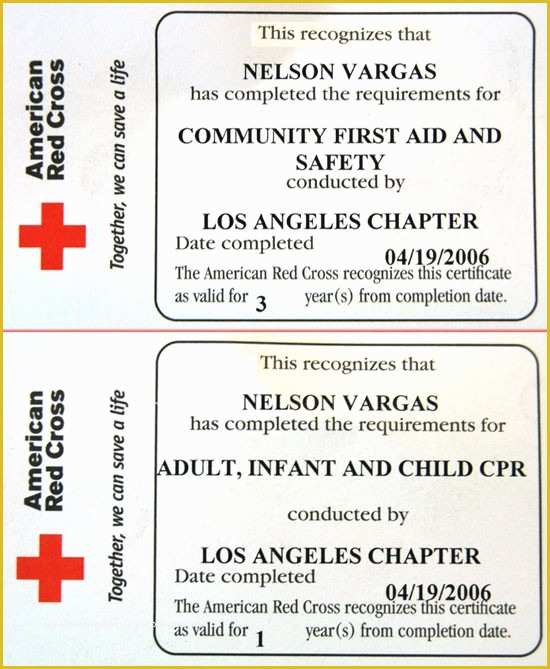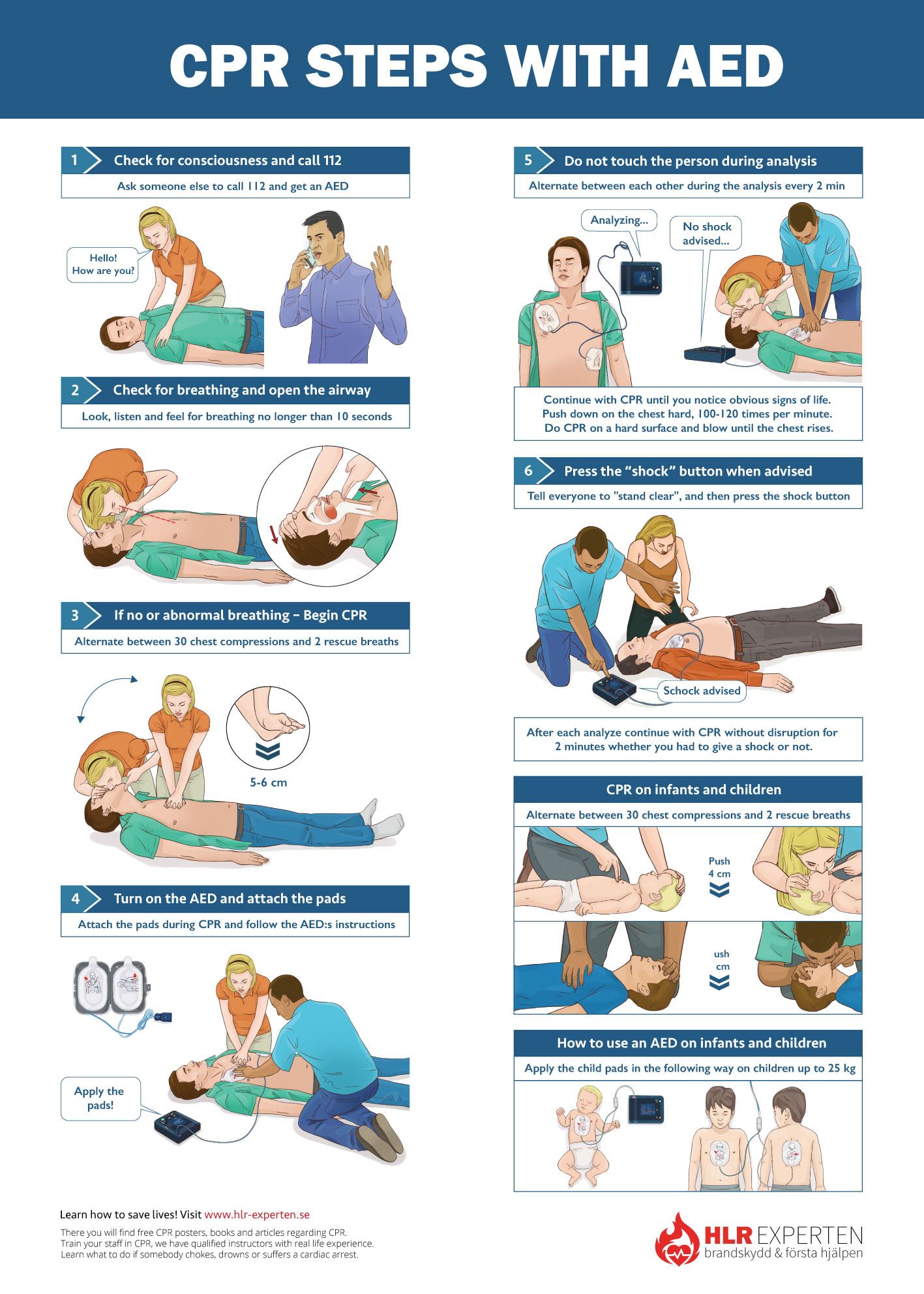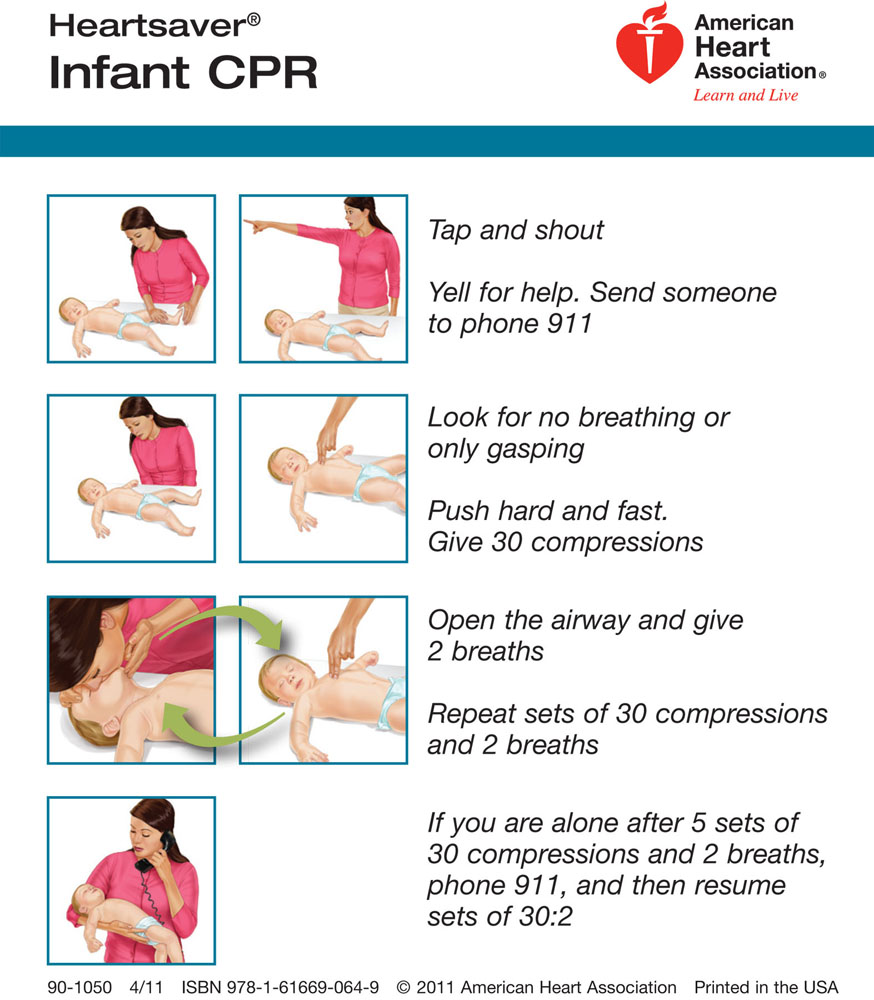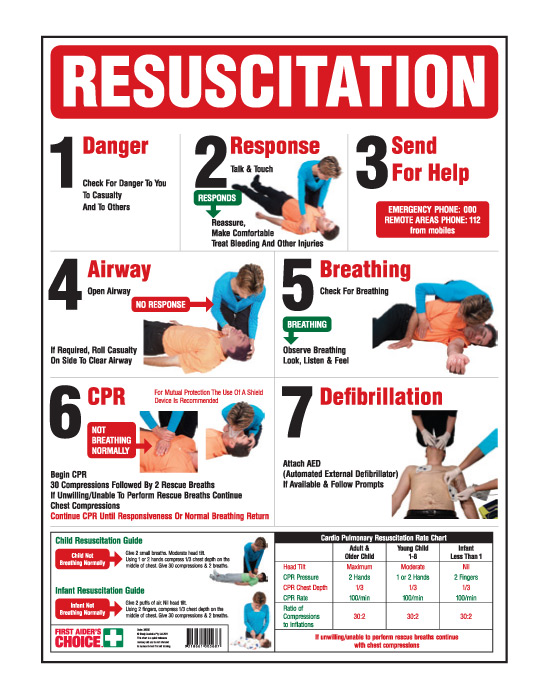Did you know that CPR, or cardiopulmonary resuscitation, is a life-saving technique used to help someone who is experiencing a cardiac arrest? It involves providing chest compressions and rescue breaths to maintain blood flow and oxygenation until medical professionals arrive. Being trained in CPR can make a significant difference in saving someone’s life, so it’s crucial to have the knowledge and skills to perform it correctly.
Why Learn CPR?
 Learning CPR is essential because cardiac arrests can occur anywhere and at any time. Whether it’s at home, work, or in a public setting, having the ability to respond quickly and effectively is crucial. By performing CPR, you can not only help sustain blood flow and oxygenation but also potentially prevent brain damage and increase the chances of survival until professional help arrives.
Learning CPR is essential because cardiac arrests can occur anywhere and at any time. Whether it’s at home, work, or in a public setting, having the ability to respond quickly and effectively is crucial. By performing CPR, you can not only help sustain blood flow and oxygenation but also potentially prevent brain damage and increase the chances of survival until professional help arrives.
Effective CPR Techniques
 When it comes to CPR, it’s essential to follow the correct techniques to maximize its effectiveness. One way to ensure you perform CPR correctly is by referring to posters or guides that outline the steps. For example, the American Red Cross provides a comprehensive CPR poster that serves as an excellent visual aid. This poster displays the proper hand placement for chest compressions and outlines the steps for rescue breaths.
When it comes to CPR, it’s essential to follow the correct techniques to maximize its effectiveness. One way to ensure you perform CPR correctly is by referring to posters or guides that outline the steps. For example, the American Red Cross provides a comprehensive CPR poster that serves as an excellent visual aid. This poster displays the proper hand placement for chest compressions and outlines the steps for rescue breaths.
Hands-Only CPR
 Hands-only CPR is an alternative technique that does not involve rescue breaths. It is performed by providing continuous chest compressions without interruption until professional help arrives. This method is particularly useful when the rescuer is not confident in delivering rescue breaths or if a barrier device is not available. A hands-only CPR poster can be a valuable tool to guide individuals in performing this life-saving technique correctly.
Hands-only CPR is an alternative technique that does not involve rescue breaths. It is performed by providing continuous chest compressions without interruption until professional help arrives. This method is particularly useful when the rescuer is not confident in delivering rescue breaths or if a barrier device is not available. A hands-only CPR poster can be a valuable tool to guide individuals in performing this life-saving technique correctly.
The Importance of First Aid
 Aside from CPR, having a good understanding of first aid is equally important. First aid knowledge allows individuals to provide immediate care to those in need, potentially preventing further injuries or complications. The American Red Cross provides various labor law posters that outline the steps and procedures for providing first aid, including CPR, for specific scenarios such as child emergencies.
Aside from CPR, having a good understanding of first aid is equally important. First aid knowledge allows individuals to provide immediate care to those in need, potentially preventing further injuries or complications. The American Red Cross provides various labor law posters that outline the steps and procedures for providing first aid, including CPR, for specific scenarios such as child emergencies.
Infant CPR
 Infants require modified techniques for CPR due to their delicate anatomy. Having access to an infant CPR poster can help parents, caregivers, and professionals perform the correct steps when responding to an infant in need. These posters often include information about the proper hand placement and the recommended compression rate for infants.
Infants require modified techniques for CPR due to their delicate anatomy. Having access to an infant CPR poster can help parents, caregivers, and professionals perform the correct steps when responding to an infant in need. These posters often include information about the proper hand placement and the recommended compression rate for infants.
Choking and CPR
 Choking can also be a life-threatening emergency that requires immediate action. The Red Cross provides a choking labor law poster that informs individuals about the signs of choking and the correct techniques to help a choking victim. Combining this knowledge with CPR skills can significantly increase the chances of successfully rescuing someone in a choking emergency.
Choking can also be a life-threatening emergency that requires immediate action. The Red Cross provides a choking labor law poster that informs individuals about the signs of choking and the correct techniques to help a choking victim. Combining this knowledge with CPR skills can significantly increase the chances of successfully rescuing someone in a choking emergency.
Additional Resources
 If you are interested in further expanding your knowledge on CPR and related topics, various resources are available online. Printablee offers a selection of choking CPR printables for free, providing step-by-step instructions and visual aids to ensure you have the necessary knowledge and skills to handle a choking emergency effectively.
If you are interested in further expanding your knowledge on CPR and related topics, various resources are available online. Printablee offers a selection of choking CPR printables for free, providing step-by-step instructions and visual aids to ensure you have the necessary knowledge and skills to handle a choking emergency effectively.
Adult CPR
 The Red Cross also offers labor law posters specifically dedicated to adult CPR. These posters outline the proper techniques for providing CPR to adults and highlight the importance of early intervention. Having access to such resources can prove invaluable when faced with a cardiac emergency involving adults.
The Red Cross also offers labor law posters specifically dedicated to adult CPR. These posters outline the proper techniques for providing CPR to adults and highlight the importance of early intervention. Having access to such resources can prove invaluable when faced with a cardiac emergency involving adults.
First Aid Guide
 The Irish Red Cross offers a free A4 first aid guide poster that covers a range of first aid topics, including CPR. This comprehensive guide provides essential information for various emergency situations and is a valuable resource for individuals looking to expand their knowledge on first aid techniques.
The Irish Red Cross offers a free A4 first aid guide poster that covers a range of first aid topics, including CPR. This comprehensive guide provides essential information for various emergency situations and is a valuable resource for individuals looking to expand their knowledge on first aid techniques.
Conclusion
 Having the skills to perform CPR correctly is incredibly valuable. By using posters, guides, and other resources, you can ensure that you have the knowledge and confidence to respond effectively in an emergency. Remember, every second counts when it comes to saving a life, so take the time to familiarize yourself with the proper techniques and procedures for CPR and first aid.
Having the skills to perform CPR correctly is incredibly valuable. By using posters, guides, and other resources, you can ensure that you have the knowledge and confidence to respond effectively in an emergency. Remember, every second counts when it comes to saving a life, so take the time to familiarize yourself with the proper techniques and procedures for CPR and first aid.